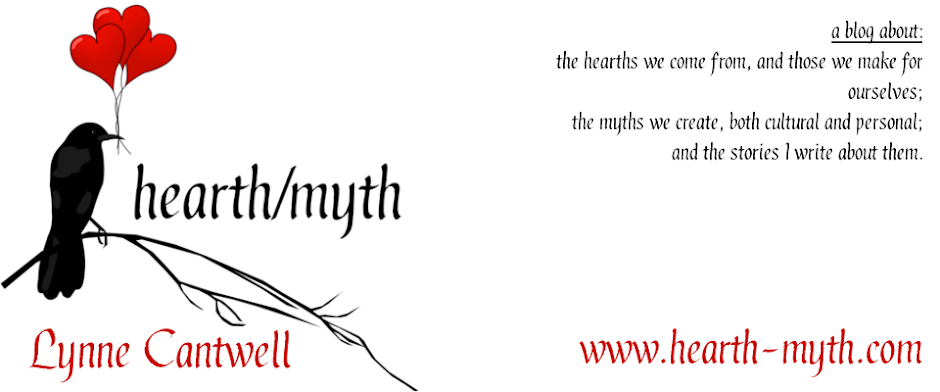I've said it before and it's true again this week: Some weeks provide an array of topics to blog about. This week, for example, I could talk about the shape of the stage at this weekend's Conservative Political Action Conference and why it's so troubling to Pagans (and muse about why the media don't cover any conventions sponsored by liberal and progressive groups as avidly as they do CPAC). Or I could talk about an interview in this week's Politico Magazine with a liberal Christian theologian named the Rev. Dr. Serene Jones, which is framed on the somewhat ludicrous premise that the "religious left" hasn't been taken seriously in the past (really? So the name Dr. Martin Luther King, Jr., means nothing to you?) and misses a trick when Dr. Jones uses the phrase "love your neighbor" without defining who constitutes neighbor more cogently. As a Pagan and an animist, my definition is likely to be a lot broader than hers.
Maybe I'll do that one next week. Today, though, I'd like to talk about a dream I had last night.
 |
| Colour | Deposit Photos |
I've been known to indulge in dream analysis. I have a book written by Michael Sheridan, an Irish fellow who has made a career out of this sort of thing. The book has a pretty good dream symbol dictionary in the back -- although like a lot of these sorts of dictionaries, his definitions sometimes say more about him than about the dreamer. (For one thing, he seems to be fixated on yeast infections.) But I didn't bother to analyze the dream I had last night. It was enough to experience the feelings the dream brought up for me.
In this dream, I was playing a game I'd never played before. The people who invited me to play gave me a stack of chips -- two blues and several whites. I noticed the chips in their stack were different colors -- a red one and I forget what else -- but they said it didn't matter. Anyway, we played the game, and I did pretty well, and eventually I found out I wasn't supposed to do as well as I had because my starting stack of chips was actually worth less than theirs.
The scene shifted a bit, as dreams do, and it turned out this was all being staged for a reality TV show. And I overheard a couple of the guys on the crew say that they had been sure I would fail -- not just because the organizers had given me a lesser stack of chips, but because I was fat. This was TV, remember, where appearance is everything; the camera puts ten pounds on you, and all that. Because of the way I looked, they didn't expect me to win. I'd surprised them by being smart.
Upon hearing this, I was embarrassed. Humiliated, even. And those feelings were what stuck with me when I woke up. Because this has been a recurring theme my whole life: being judged lesser-than at first glance because of the size of my body, even though my IQ is in the 99th percentile* (which tends to be apparent as soon as I open my mouth).
So okay. If this were a real-world experience and if I were working through it with a therapist, one of the techniques the therapist would suggest is reframing, or looking at the issue from a different perspective. And I could do that in this scenario. In fact, the thought occurred to me after I woke up. After all, with the chips literally stacked against me, I did really well. I overcame the bias in this situation by using my natural giftedness.
But that isn't what my feelings were telling me. Dream Me was hurt. Dream Me would have appreciated some validation of that hurt, you bastards, and an apology wouldn't have gone amiss.
Reframing certainly works for lots of folks. Plenty of successful people have used humiliation as a springboard to their success -- the old "I'll show them" mentality. But for me, it seems like a mind trick. It might work in the moment, but it's not sustainable. It shifts the focus from what actually happened at the cost of burying your true feelings. And those true feelings will come back to bite you in the ass. Maybe even in a dream, decades later.
***
* You're thinking of Mensa. That's for people who score in the 98th percentile on a standardized IQ test. There's a different organization for those in the 99th percentile called Intertel; I've been a member of both at one time or another.
There's an even loftier organization called the Triple Nine Society for those whose IQs are in the 99.9th percentile. I have never been that smart.
***
These moments of dreamy blogginess have been brought to you, as a public service, by Lynne Cantwell -- who is once again reminding you to mask up, social distance, and hang in there, baby, the vaccine's coming.



